Table of Contents
Conducting System of the Human Heart:
The human heart is myogenic and is able to contract automatically and rhythmically without any external stimulus. The cardiac muscles of the heart bear the property of autorhythmicity which are responsible for the initiation and transmission of cardiac impulses in the form of electrical potential to the different chambers of the heart. These specialized cardiac tissues comprise of- Sinoatrial Node (SA Node), Atrioventricular Node (AV Node), Atrioventricular Bundle (AV Bundle), Purkinje Fibres.
Sinoatrial Node:
It is the site of the generation of rhythmic impulse. SA node is, therefore, also called a pacemaker. It is an ellipsoid flattened strip of myogenic muscles of about 15 mm length, 3 mm width and 1 mm thickness. It is present in the superior lateral wall of the right atrium below and lateral to the opening of the superior vena cava. Fibres from a sino-atrial node are directly connected to contractile fibres of the right atrium. An interatrial band conducts the impulse to the left atrium. Three small bundles of conducting fibres connect SA Node to AV Node. They are called internodal pathways.
Atrioventricular Node:
It is a compact half oval mass of myogenic fibres which lies in the posterior septal wall of the right atrium near the opening of the coronary sinus. It receives an impulse from the SA node and transmits it to the ventricles. Direct transmission of impulse from the SA node to the ventricles is not possible due to the absence of continuity of muscles between atria and ventricles and the presence of fibrous connective tissue of the atrioventricular septum. Transmission from the SA node stimulates. AV node to generate fresh impulse for ventricles. Therefore, the AV node is also called a pacesetter.
Atrioventricular Bundle:
It is a bundle of conducting muscles that develop from the AV node and traverses through the atrioventricular septum into the interventricular septum for 5-15 mm. AV bundle is also called as Bundle of His. The bundle divides into right and left bundle branches. The branches are insulated from surrounding contractile muscles by sheaths of connective tissue. Each branch produces a number of small branches.
Purkinje Fibres:
They are special muscle fibres present in AV bundle, its branches and their terminal strands which are in contact with contractile muscles of the ventricular walls. They are large fibres. The rate of conduction of impulse is several times higher than other conducting fibres. This is important for simultaneous contraction of the two ventricles.
Conduction of Heart Beat:
The wave of conduction starts at the sinu-auricular node (SA node) because it exhibits the highest rhythmicity that initiates the excitatory waves at the highest rate. The fibres of the SA node have a high concentration of sodium ion in the extra-cellular fluid and a negative charge inside the nodal fibres. Due to this high concentration and presence of open channel, sodium ion always tends to enter inside. This results in the rise of membrane potential and generation of the action potential causing the excitation of the SA node. The wave of excitation then spreads all along the auricles like a concentric wave at a velocity of 0.3 m/sec and finally picks up by auriculo-ventricular node (AV node). The auriculo-ventricular node (AV node) maintains the continuity between atrial and ventricular muscles as they are not continuous and are separated by a ring of connective tissue. A fresh wave of excitation generates from the AV node due to stimulation from atrial contraction and is transmitted along with the bundle of His and its branches at a higher velocity of 4-5 m/sec. Finally, the impulse enters the Purkinje fibres in the entire walls of the ventricles.
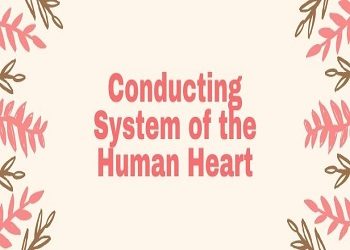
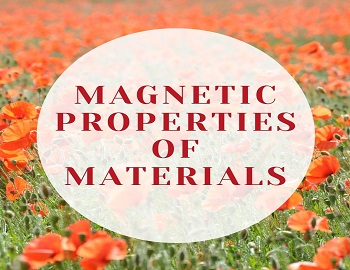

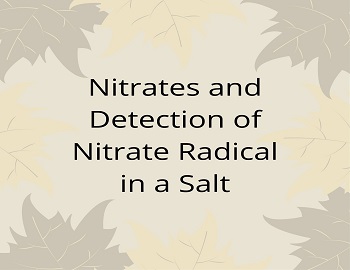

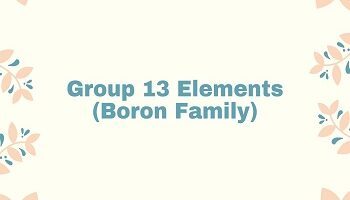


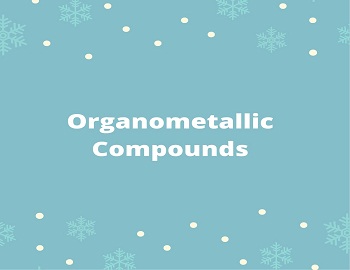
Comments (No)